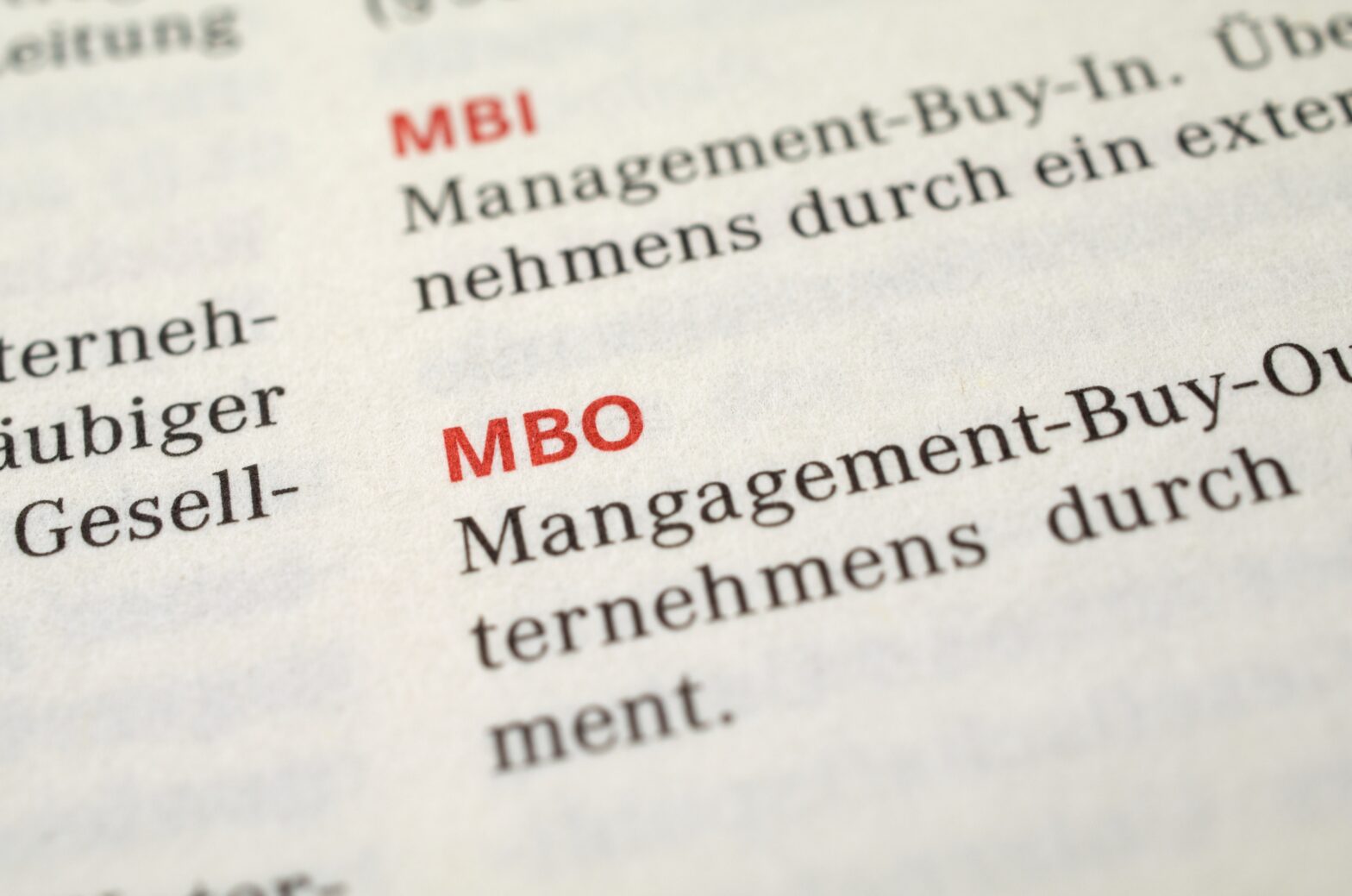There are a number of key principles common to every successful management buyout – one that meets your requirements, but also provides a strong basis for future performance. To maximise your probability of success, critically assess your business against, and align your actions with, these golden rules.
#1 – Build a quality management team
Unsurprisingly, a management buyout (MBO) is reliant on a strong management team. Historical performance and the company’s future potential may whet an investor’s appetite, but they will need a solid, trustworthy team to lead the business.
Ensure your team has a detailed understanding of the business, customers and market, supported by the right attitude and a history of keen strategic decisions. Being able to demonstrate that the management team and business can stand on their own without existing shareholders is crucial, especially if the management buyout is part of a succession plan.
Build strong professional and personal relationships with your investors. After the transaction, you will need to work together, and as new processes and practices are put in place, an open dialog and buy-in from both sides will be required.
#2 – Be well prepared for discussions
What is your unique selling point? What differentiates you from your competitors? Why do you believe in the business? You need considered, honest answers to these questions before meeting investors.
Know your key value drivers, such as repeat customers, reliable long-term contracts or specific patented technology, items that investors can get excited about, and are willing to pay for. On the other hand, all businesses have challenges and weaknesses; be that customer or supplier dependency, strong competition or reliance on old technology; ensure you recognise and have plans in place to address these. However, no one is expected to know everything and being able to admit where advice would be supportive or where things are less certain helps create credibility and trust.
Remember, different investors have different requirements, incentives and methods; preparation will help you choose the right partner and negotiate the best deal.
#3 – Know what you want from an investor
This is not all about price. A competitive offer will be required by the current shareholders but they may also want to retain an interest, have a handover period or gain comfort that new investors will look after the business they have built.
More importantly, you will need to work with the investor going forward, and different investors bring very different attributes and advantages, over and above deep pockets. Look at areas that need support and what the investor can offer your business. This includes aspects such as finance and administration support (key for a lot of smaller businesses), growth opportunities and connections to new markets (regional and international), along with advice and expertise in your key markets and products. Also, consider how they have treated previous acquisitions and whether they have required timelines to resell. All of these will impact your future relationship, business strategy and opportunities for success.
>See also: Newable to launch £50m management buyout fund
#4 – Create a clear and robust business plan
Along with the management team, the business plan needs to sell the business, it is the future that investors are buying. Your forecasts should stretch the business while being achievable and supported by a detailed pipeline. Incorporate sensitivity to both upsides and downsides, highlighting key risks and actions to diversify risk. Reflect the history and strategic prospects of the business, while addressing the market, competitive landscape and market share. Finally, show the key decisions that need to be made and provide evidence that the process has started.
‘Enjoy the ride, this opportunity is likely to be once in a lifetime’
#5 – Ensure quality earnings and cash flow
The quality and predictability of profits and cash flow is critical to your valuation – valuation is not about profit quantum alone. This needs to be supported by historical growth in revenue and underlying earnings, preferably without the reliance on one or two short-term contracts or a handful of large customers. Highlight the key drivers of performance, and if there are key one-off items in the past, clearly explain these and why they are non-recurring.
Additionally, an MBO often requires the use of debt to support the acquisition. Future profits and cash flow need to be able to support this increased debt position without the business being over-leveraged.
#6 – Build a strong and clean balance sheet
Primary focus is often placed on the P&L, but the balance sheet needs to support the performance, with clear accounting policies applied. Analyse your balance sheet, incorrect accounting or unexplained balances can make the figures look sloppy, it is an easy win to make sure there are no “skeletons in the closet”.
#7 – Do more than just make a profit
ESG and “impact” are growing in prominence and becoming an ever-increasing requirement for a number of investors. Show what your company does in addition to making a profit – items such as ethical supply chains, sustainability, equality, transparency and governance are becoming as important as profit – evidence this through key accreditations, memberships, actions and implemented company processes.
#8 – Get quality legal and sell-side advice
The use of experienced and trusted lawyers and sell-side advisors can provide comfort and support through the transaction process, while helping present the business in the correct light. However, a mismatch can slow the process, frustrate all parties and be very expensive. Look for an advisor with a track record of working with similar businesses, and a history of reliable delivery.
#9 – Persevere and be tenacious
An MBO presents significant personal opportunities, while broadening the company’s horizons and scope for future growth, however they are difficult to deliver successfully. They put pressure on the company, are time consuming, there are likely to be unforeseen issues, and all this needs to be done while maintaining BAU. You need stamina and tenacity, but no meaningful reward came without some level of hard work or risk. Be realistic, set your mind and enjoy the ride, this opportunity is likely to be once in a lifetime.
Lloyd Wuth is investment manager at Newable Capital






